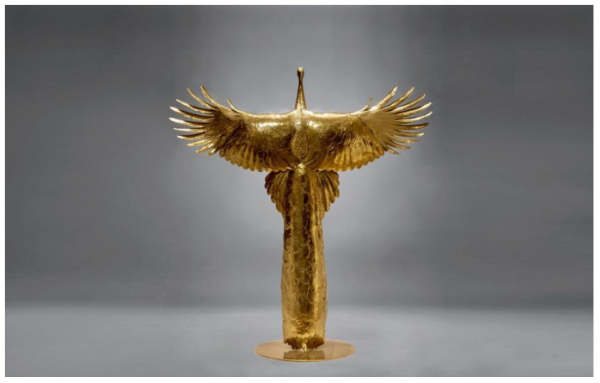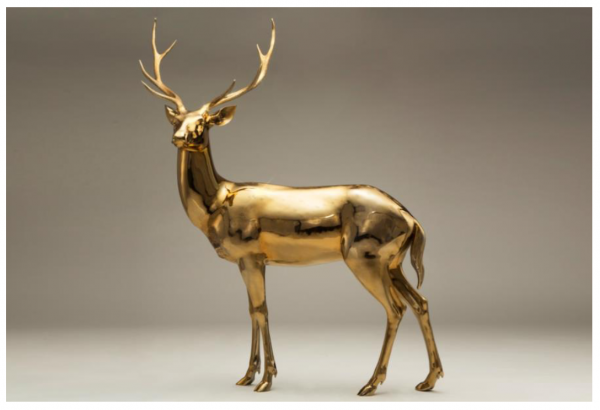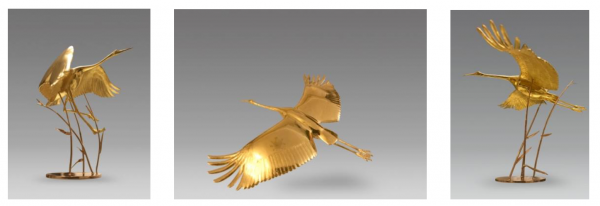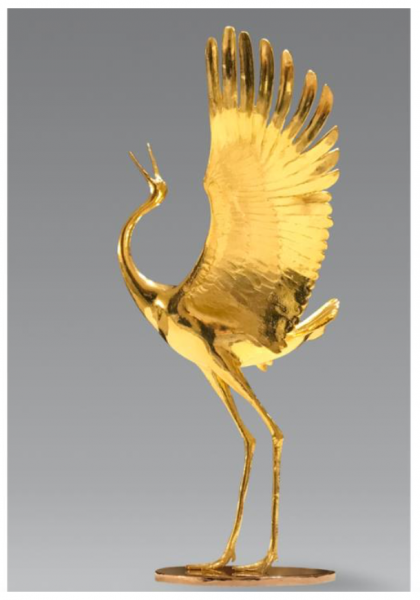Online sales doubled in a year; this channel had previously taken six years to increase that much, writes Brian Boucher.
The growth of online sales was the most significant development of the art marketin 2020,’ proclaims the 2021 Art Basel and UBS Global Art Market Report. Thefifth edition, The Art Market 2021, written by renowned cultural economist Dr. Clare McAndrew, founder of Arts Economics, analyses a pivot to digital that drove online sales to reach an all-time high of $12.4 billion.

The art market overall has been slow to adapt to the digital revolution, being based on personal relationships and on selling objects that many people want to see in person before buying them, especially at high price points. But for the first time,the art market’s share of online commerce in 2020 exceeded that of general retail, with art market sellers doing fully one-quarter of their business online (outstripping the 18% share for retail generally). That number is up from just 9% in 2019.
While a global pandemic has presented incredible hardships, the art market has come through in remarkable shape, McAndrew points out, partly due to spending by the very wealthy, who weathered the pandemic well.
‘Some people have still been making and saving quite a lot of money,’ McAndrew says. ‘While, in 2009, the number of billionaires went down, this year
it’s increased and their wealth went up by one third. There are people who are amassing wealth without the usual opportunities to spend it on travel or big experiences. I think that helped to save the market from a worse recession than itcould have had.’
It was a year of unprecedented challenges but equally novel adaptations, says Dr. McAndrew.

‘While people were a bit paralyzed when COVID lockdowns first hit, the speedand the quality of the adaptation has been amazing,’ she says. ‘The art marketshowed not just incredible resilience but also a remarkable drive to progress underreally challenging circumstances.’
The $12.4 billion figure doubled the same figure from 2019. Online sales figureshad taken the previous six years to double, indicating the art market’s slowembrace of the online channel. ‘It’s quite remarkable that online sales increased in every category,’ said Noah Horowitz, Director Americas, adding that ‘dealer sales online rocketed.’
The share of dealers’ sales that were transacted online more than doubled year-on- year, to 30%. If art fair Online Viewing Rooms (OVRs) are included, online salestripled, to 39%. It’s important to note that those figures do include relatively old-fashioned channels like email, as well as galleries’ own websites and social media,all of which pre-existed art fairs’ OVRs, which were perhaps the most visibleoutgrowth of this unprecedented year.

The increase in online business varied throughout the dealer sector. In the past, dealers at the highest level of annual turnover, the $10 million-plus cadre, did the smallest percentage of their sales online, at just 9%. So, perhaps since they had a great deal of room for change, they were the dealers showing the greatest increase, with that number rising by nearly half.
But at the same time, Horowitz points out, ‘New collectors were especially important for smaller galleries.’ Those with a turnover of less than $250,000 saw amarked increase in new online buyers, who accounted for nearly half (43%) of their digital sales. Blue chip galleries focused more on established clients, finding only 18% of their new customers online.
One potential downside of staying online in a digital future, says McAndrew, isthat sellers ‘don’t refresh the client base,’ which they counted on their usually busyinternational art fair schedule to do for them. Dealers found that only an average of about a third (32%) of their online sales were to new online buyers, down from more than half (57%) in 2019; collectors seem to be sticking with sellers they are familiar with.

One of the most significant changes brought by the shift to online sales channels has been the marked increase in price transparency. Many fairs (including Art Basel) requested that galleries post prices or price ranges in their OVRs, and collectors have welcomed it: nearly three quarters (72%) feel it is important or even essential for prices to be posted, welcoming this as a progressive change. Established collectors have come out most strongly in favour of more transparent pricing.
Dealers were buoyed by HNW collectors’ readiness to browse and collect online;almost all (90%) of the more than 2,500 collectors surveyed for the report had kept up on art during 2020 online, and nearly half used gallery OVRs to buy (47%). Almost as many (43%) had bought via gallery websites and emails. Social media continues to be a major venue, with roughly one third of collectors purchasing art via Instagram. As expected, millennials were markedly more likely to use all online platforms, and they were more likely to spend at higher levels, with aquarter of them regularly clicking ‘buy’ at prices upward of $1 million.

The shift to online buying was not equal in all parts of the world, Horowitz points out. ‘Online buying was not as rampant in the Greater China environment as mighthave been anticipated – possibly a data capture issue, but maybe also owing to cultural differences vis-a-vis collecting in the digital sphere,’ he says.
One of the open questions is how much the market will shift away from online once sellers and buyers are once again able to interact in person.
‘That’s the million-dollar question,’ says Horowitz, but notes that some changes will surely remain. ‘The shift toward price transparency that this moment brought forward will have a spill over into IRL events. I think that the days of galleries notposting prices are probably over.’
McAndrew foresees a possible balancing in the market between online and in real life.
‘I can see a future where we have a slightly smaller offline market that is smaller and even more exclusive, and a bigger online market at smaller price points,’ she says. The market will shift markedly back to in-person sales, she predicts. ‘Peopleare incredibly eager to get back to interacting in person.’
